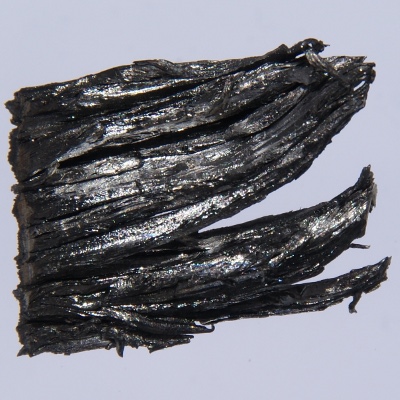Facts About Dysprosium
Atomic Number: 66 Atomic Symbol: Dy Atomic Weight: 162.500 Melting Point: 2,574 F (1,412 C) Boiling Point: 4,653 F (2,567 C)
Word origin: From dysprositos, which means “difficult to get at” in Greek.
Discovery: Dysprosium was discovered in 1886 by French chemist Paul-Émile Lecoq de Boisbaudran, but he was not able to isolate it. It was not isolated until 1950, when Canadian scientist Frank Spedding and his team developed ion-exchange separation and metallographic reduction techniques.
Properties of dysprosium
A member of the lanthanides group of elements, dysprosium has a bright silver shine. It is fairly stable at room temperature, and quickly dissolves by dilute and concentrated mineral acids to produce hydrogen. It only takes small amounts of impurities to affect the metal’s physical properties, but it is generally soft enough to be cut with a knife. [See Periodic Table of the Elements]
Sources of dysprosium
Like other rare-earth or lanthanide elements, dysprosium occurs in a variety of minerals, including gadolinite, euxenite, xenotime, fergusonite, polycrase and blomstrandine. Monaziate and bastnasite are the most significant sources of dysprosium and it can be prepared by reduction of the trifluoride with calcium.
Get the world’s most fascinating discoveries delivered straight to your inbox.
Uses of dysprosium
While there is not currently a wide range of applications for dysprosium, properties such as its thermal neutron absorption cross-section and high melting point could result in metallurgical uses in nuclear control applications and for alloying with special stainless steels.
Dysprosium oxide-nickel cement plays a role in cooling nuclear reactor rods. Even under prolonged neutron bombardment, this cement absorbs neutrons readily without swelling or contracting.
Dysprosium, when combined with vanadium and other rare earth elements, has been used in the production of laser materials. Dysprosium-cadmium chalcogenides have been used for studying chemical reactions as they are sources of radium.
(Source: Los Alamos National Laboratory)


